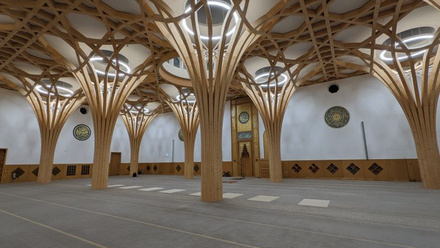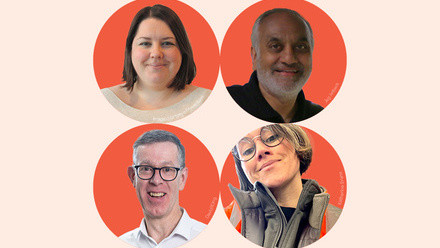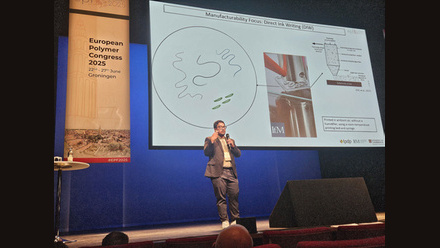Building bridges
Breaking down unintentional barriers through inclusive design.

Traditional design often unintentionally creates barriers, excluding a significant portion of the population from fully participating in society. While the mindset around providing access requirements might intend to be supportive, ‘accessible’ doesn’t always mean supportive.
Inclusive design offers this fundamental shift, moving beyond what we consider ‘accessibility’ to a world where the barriers are removed in the first place.
By better understanding the diversity of people and designing for inclusivity from the outset, not as an afterthought, inclusive design creates products, services and environments that are usable by the widest possible range of people, regardless of their abilities or disabilities.
This approach contrasts with accessibility – often seen as a checklist and a reactive fix to make existing things usable for disabled people. It is put in place as a solution to meet legislations rather than considered throughout and incorporated into the original design process.
For example, adding a ramp to an existing building is accessibility. Designing a building with no steps at the entrance from the start is inclusive design.
Inclusive design directly impacts the daily lives of disabled people and is guided by core principles, namely:
- Diversity – making designs appealing and usable by everyone.
- Simplicity – ensuring designs are easy to understand, regardless of the user’s experience.
- Perceptibility – communicating necessary information effectively, regardless of sensory abilities.
- Tolerance – minimising hazards and the adverse consequences of accidental actions.
- Physicality – designing for comfort and minimising fatigue.
For example, digital interfaces can be improved. Using screen readers, keyboard navigation, captions/transcripts for videos, clear contrast and adjustable text-size provides access to information, communication, education and collaboration.
Easy-grip handles, voice-controlled devices, clear instructions, adaptable clothing and accessible public transport systems increase independence and improve the overall quality of life.
Physical spaces can also be adapted with step-free access, wider doorways, accessible restrooms, intuitive wayfinding and tactile paving/walling enable freedom of movement.
Inclusive buildings, like the Ed Roberts Campus in the US, are still at the forefront of collaborative-driven design, consulting with differently abled communities to provide support. More recent educational buildings, such as The Wave at The University of Sheffield, UK, have also been built with inclusivity as one of the key aspects.
The benefits of inclusive design extend far beyond simply meeting legal requirements. It fuels innovation, expands markets and builds stronger communities.
Accessible workplaces allow diverse talent to thrive, increasing productivity, improving decision-making and generating ideas. Adjustable desks and workstations, automated doors, dimmable LEDs, multi-sensory alarms are all small, but impactful, examples of inclusive design.
Inclusive design often sparks creativity and leads to solutions that benefit everyone. I noticed while in Copenhagen the lack of ‘curb cuts’. Instead, they are replaced with gradual changes in grade to ensure a continuous experience of movement. These were initially designed for wheelchair users, but also benefit people with strollers, delivery carts and luggage.
Captions, designed for people who are deaf or hard of hearing, are also helpful in noisy environments and are particularly useful for those with sensory issues.
Overall, inclusive design fosters a more welcoming, empathetic and truly inclusive society, where the limitations of participation can be minimised. It challenges the notion of the ‘average’ user and acknowledges the diversity of human experience.
Yet, inertia, perceived cost (often a misconception), lack of awareness/education and a ‘minimum compliance’ mindset are holding back widespread adoption. Overcoming these challenges requires a concerted effort from designers, developers, businesses and policymakers.
There are various ways to start embracing the impact of inclusive design, raise awareness about its importance and break down misconceptions. Involving disabled people in the design process ensures that their needs are met, and working with various panels, organisations, charities and associations can be majorly important.
Pushing for inclusive design practices is key – it’s more than just a trend, it’s a fundamental shift in how we approach design.
So where does material science come into this? Slip-resistance, tactile feedback, textural differences, acoustic absorption, thermal comfort and chromogenic materials are key to inclusive design.
It’s about building a world where everyone can participate fully. By moving beyond simply fixing problems to proactively creating inclusive solutions, we can build bridges, not barriers.








